
Hair Dryers & Curling Irons EU & US Certification
Hair dryers and curling irons are subject to strict safety certification requirements in Europe and the United States. Entering the US market requires FCC certification and compliance with UL859 standards. Entering the EU market requires CE certification, and although gs certification is not mandatory, it is highly recognized. For the UK market, ukca certification is required. Companies typically invest 15%-20% of R&D costs in compliance testing, and patent strategies have become a key competitive factor.

EU Market Certification Requirements
Hair dryers and curling irons exported to the EU must obtain CE certification. CE certification encompasses multiple directives to ensure product compliance in terms of safety, electromagnetic compatibility, and environmental protection.
1. CE Certification – Safety (LVD Directive)
- Core Directive:2014/35/EU (low voltage directive, LVD)
- Applicable Standard:
EN 60335-2-23: Special safety requirements for personal care or hair care appliances (e.g., hair dryers, curling irons)
- Test Scope:Evaluates electrical safety, including protection against electric shock, overheating, and mechanical hazards, ensuring user safety during use.
2. CE Certification – Electromagnetic Compatibility (EMC Directive)
- Core Directive:2014/30/EU (EMC Directive)
- Test Scope:Ensures that the product’s electromagnetic emissions do not exceed limits (EMI), while the product itself maintains immunity to external electromagnetic interference (EMS). This guarantees stable operation in complex electromagnetic environments and prevents interference with other devices.
3. RoHS Environmental Requirements
- Core Directive:2011/65/EU (RoHS 2.0)
- Requirements:Limits the use of 10 hazardous substances in electrical and electronic products, including lead, cadmium, mercury, and hexavalent chromium.
EU Certification Process & Required Materials
1. Choose a Certification Body:Select a qualified and experienced certification body or laboratory (e.g., JJR).
2. Prepare Documentation:Usually includes product manuals, circuit diagrams, key component lists, labels, etc.
3. Send Samples:Submit product samples to the JJR laboratory for testing.
4. Testing & Evaluation:The lab conducts LVD, EMC, and ROHS Tests according to relevant standards.
5. Sign DoC:The Declaration of Conformity (DoC) is an essential document for manufacturers to prove compliance with EU regulations. It must be signed and retained.
US Market Certification Requirements
1. UL Safety Certification
- Applicable Standard:ul 859 – Safety standard for household personal care hair appliances (e.g., hair dryers, curling irons)
- Key Focus:E-commerce platforms like Alibaba International have strengthened controls, requiring hair dryers sold in the US to have water protection features (e.g., sealed design, leakage protection) and to pass UL safety testing.
- Importance:UL certification is widely recognized in the US and is often a prerequisite for sales on e-commerce platforms like Amazon.
2. FCC Certification
- Requirement:All electronic products that generate high-frequency clock signals (above 9 kHz) must comply with FCC regulations to ensure electromagnetic interference is within limits.
- Certification Method:Hair dryers and curling irons are usually unintentional radiators and typically use FCC-SDoC (Supplier’s Declaration of Conformity).
- Test Scope:Measures electromagnetic interference levels of the product.
3. Other Possible Requirements
- FDA Registration:Required if the product claims medical or therapeutic effects (e.g., hair growth or scalp treatment functions).
- California Proposition 65:Products sold in California must comply with chemical warning requirements for hazardous substances.
US Certification Process & Required Materials
1. Choose a Laboratory:Select an FCC and UL-recognized lab (e.g., JJR) for testing.
2. Prepare Documentation:Provide product technical files, manuals, circuit diagrams, and other relevant documents.
3. Send Samples:Submit product samples to the laboratory for testing.
4. Testing & Evaluation:The lab conducts tests according to UL standards and fcc part 15B requirements.
5. Obtain Reports & Certification:After passing tests, the lab issues corresponding reports. For FCC-SDoC, the supplier self-declares compliance.
6. Platform Review:When selling on platforms like Amazon, upload UL test reports and other supporting documents for verification.
Email:hello@jjrlab.com
Write your message here and send it to us
 FCC ID Certification and SDoC Compliance
FCC ID Certification and SDoC Compliance
 Export Certification and Compliance for Lighting F
Export Certification and Compliance for Lighting F
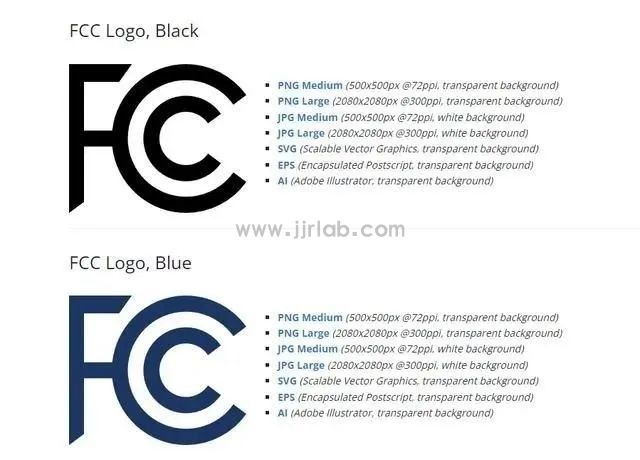 FCC Certification Resumes Issuance
FCC Certification Resumes Issuance
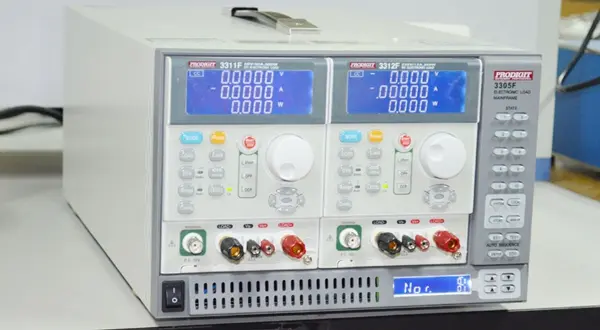 Electrical Toy Safety Certification EN 62115 EMC T
Electrical Toy Safety Certification EN 62115 EMC T
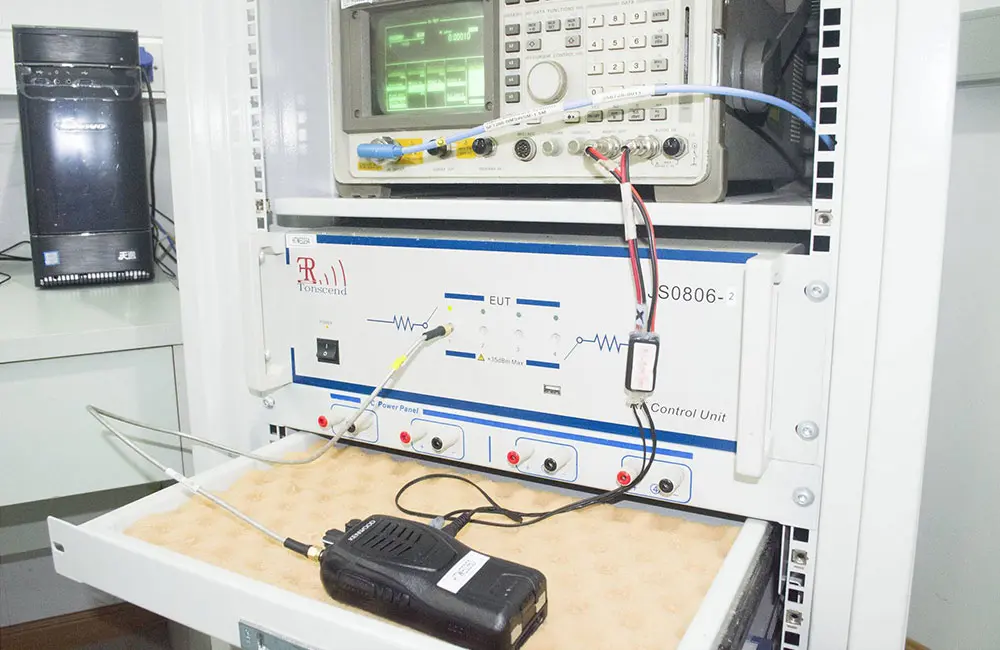 What is the UL 62368 Test Standard?
What is the UL 62368 Test Standard?
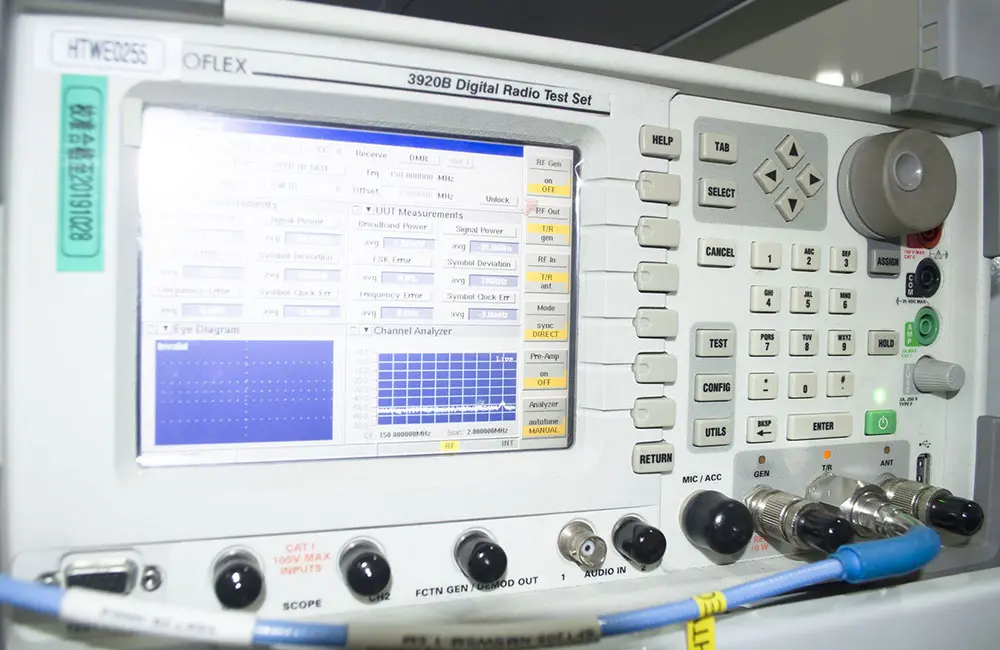 Is CISPR 32 the same as EN 55032?
Is CISPR 32 the same as EN 55032?
 What is the difference between EN55022 and 55032?
What is the difference between EN55022 and 55032?
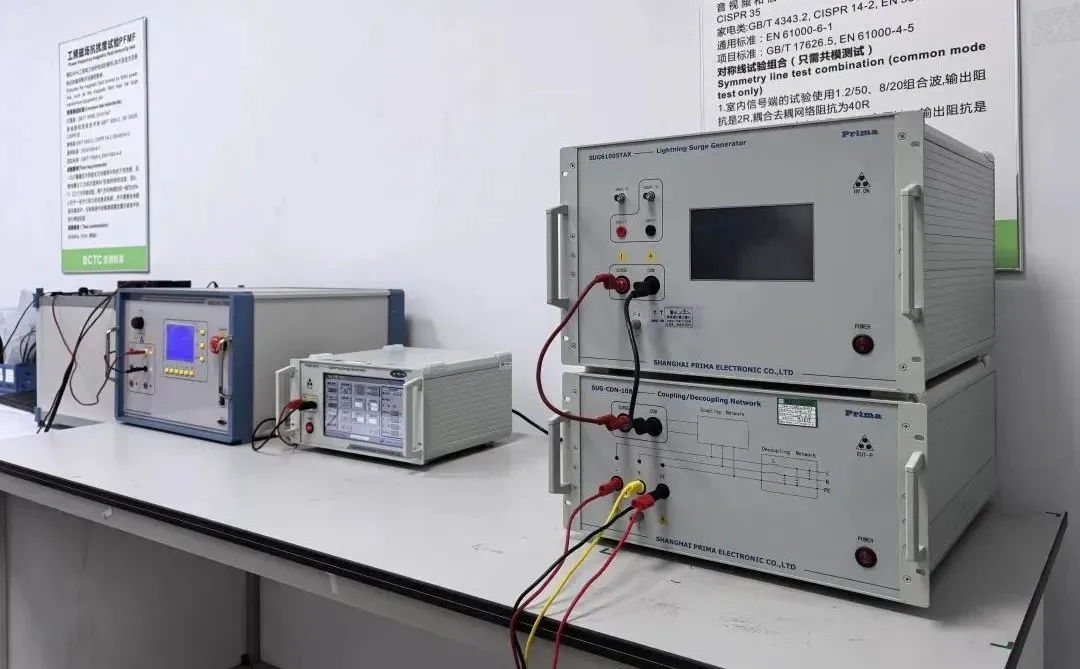 What is EN 55032?
What is EN 55032?
Leave us a message
24-hour online customer service at any time to respond, so that you worry!




